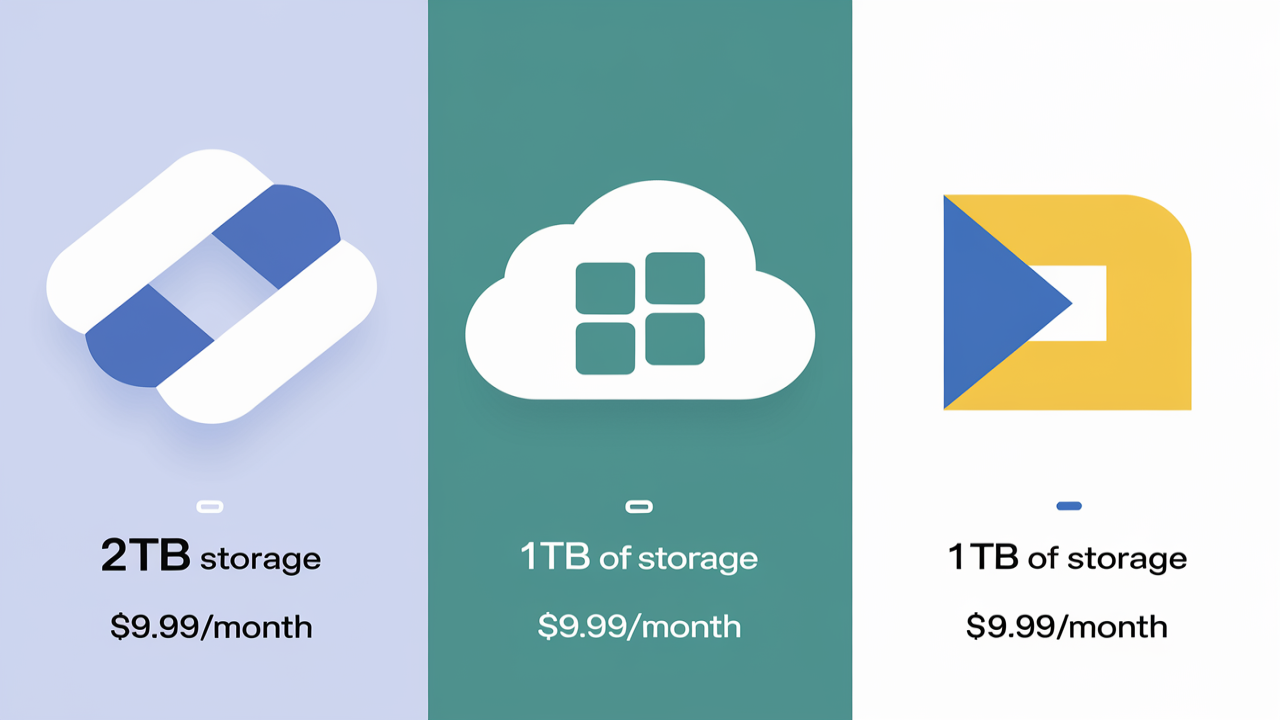Key File Sharing Statistics You Should Know
In today's digital landscape, file sharing is an essential component of daily business operations and personal use. With the rapid growth of remote work and cloud computing, secure and efficient file sharing solutions are more important than ever. In this article, we explore critical file sharing statistics that demonstrate the scope and impact of this technology, highlighting trends that will shape the future of file transfers.
Global Adoption of File Sharing Solutions
The demand for file sharing services continues to grow across all industries. In 2023, more than 50% of businesses globally utilized cloud-based file sharing platforms, with the trend expected to accelerate in the coming years. The global file sharing market is projected to reach USD 16.2 billion by 2026, with a compound annual growth rate (CAGR) of 27.2%.
Key factors driving this growth include the rise of remote work, the increasing volume of digital content, and the need for secure, fast, and accessible methods to share large files.
Business Use of File Sharing Platforms
Companies of all sizes rely on file sharing tools to streamline workflows, enhance productivity, and facilitate collaboration among employees. Popular platforms such as Google Drive, Dropbox, and Microsoft OneDrive dominate the business sector:
- Google Drive boasts over 1 billion users and is a favorite due to its integration with other Google Workspace tools.
- Dropbox is used by 700 million people, making it a leading solution for personal and professional file transfers.
- Microsoft OneDrive has over 250 million active users, particularly within business environments, thanks to its integration with Microsoft Office products.
Studies show that businesses using cloud-based file sharing platforms have experienced up to 25% improvements in employee productivity, with real-time access to documents enhancing efficiency and reducing project delays.
Peer-to-Peer (P2P) File Sharing Trends
While businesses favor cloud-based platforms, peer-to-peer (P2P) file sharing remains a popular option, especially for consumers. P2P file sharing allows users to transfer files directly between devices without relying on centralized servers. In 2022, P2P file sharing accounted for 22% of total internet traffic, with platforms like BitTorrent leading the way.
The top five countries with the highest levels of P2P file sharing are:
- United States (15%)
- India (12%)
- China (10%)
- Brazil (8%)
- Russia (7%)
While P2P file sharing offers convenience, it also poses significant risks, including copyright infringement, exposure to malware, and data security vulnerabilities. Governments and companies are increasingly focusing on regulating this type of file sharing, leading to a decline in its use.
Cybersecurity and File Sharing: The Growing Risks
As more organizations move to digital file sharing, cybersecurity becomes a critical concern. Recent studies show that 62% of businesses have experienced data breaches due to insecure file-sharing practices. Major risks associated with file sharing include:
- Unencrypted transfers that leave sensitive data vulnerable to cyberattacks.
- Inadequate access control, where unauthorized individuals gain access to critical files.
- Accidental sharing of sensitive information, which can expose organizations to financial and reputational harm.
The financial impact of these breaches is severe, with the average data breach costing companies USD 3.86 million in 2022. To combat these risks, businesses are increasingly adopting secure file-sharing platforms that include end-to-end encryption, multi-factor authentication (MFA), and role-based access controls.
File Sharing in Remote Work Environments
The rise of remote work has significantly influenced the adoption of file sharing services. By 2023, nearly 60% of businesses had employees working remotely, making file-sharing platforms essential for maintaining communication and productivity across distributed teams. File sharing allows remote employees to:
- Collaborate in real-time on projects.
- Access shared documents from any location or device.
- Integrate with other business tools for smooth communication and task management.
Studies show that remote workers are 87% more likely to rely on cloud-based file sharing than in-office employees. As a result, organizations that adopt comprehensive file-sharing solutions for remote work have reported a 20% increase in employee satisfaction and a 30% decrease in project delays.
The Role of Data Privacy Regulations in File Sharing
As file sharing becomes more ubiquitous, data privacy regulations have become a critical consideration. Governments around the world have introduced stringent rules to protect personal and corporate data during file transfers. Notable regulations include:
- General Data Protection Regulation (GDPR) – Enforced across the European Union, GDPR mandates strict controls on how personal data is shared and stored. Non-compliance can result in fines of up to €20 million or 4% of global revenue, whichever is higher.
- California Consumer Privacy Act (CCPA) – This law requires businesses operating in California to provide transparency around how they collect, use, and share personal information.
In response to these regulations, file-sharing platforms are implementing more robust data protection measures, including anonymization, consent management, and enhanced transparency in data handling practices.
Emerging Trends in File Sharing
The file-sharing industry is continuously evolving, with several emerging trends set to shape its future:
- AI-Powered File Sharing – Artificial Intelligence is being integrated into file-sharing platforms to enhance organization, streamline workflows, and detect unusual or suspicious activity, improving overall security.
- Blockchain Technology – Blockchain provides a decentralized and tamper-proof method for sharing files, offering heightened security and transparency.
- Seamless Integration with Collaboration Tools – File-sharing platforms are increasingly becoming part of larger collaborative ecosystems, integrating with project management and communication tools to provide a unified workspace for businesses.
With the growing demand for faster, more secure, and integrated file-sharing solutions, businesses must remain agile and adopt these innovations to stay ahead of the curve.
Conclusion
The global reliance on file sharing is only set to increase as businesses continue to expand their digital presence and remote work becomes more permanent. Staying informed about key file-sharing statistics and trends is crucial for organizations looking to enhance productivity, safeguard sensitive information, and maintain compliance with ever-evolving data privacy regulations.






Comments (0)